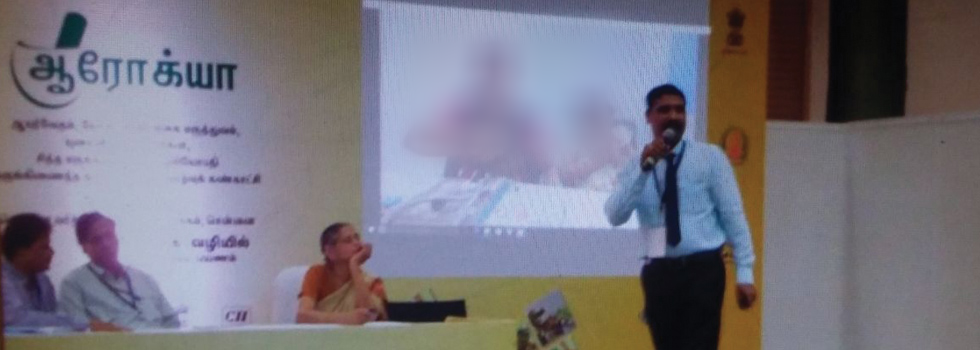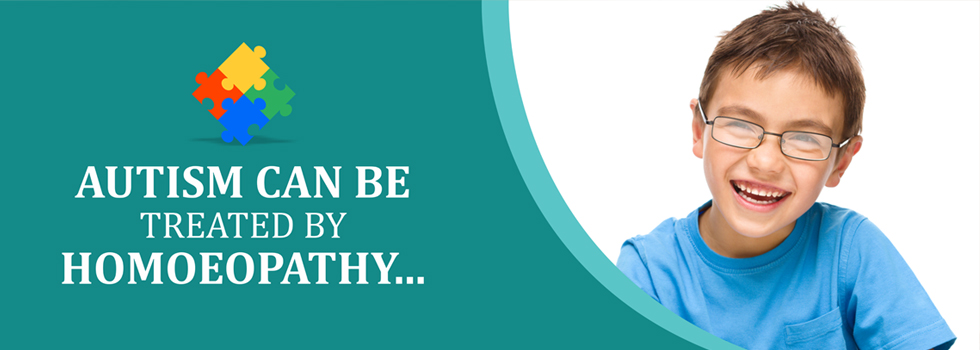






 An accumulation of many incompletely developed follicles in the ovaries. This condition is characterized by scanty or absent menses, multiple cysts on the ovaries (polycystic ovaries Abnormal ovarian function sometimes causes incompletely developed follicles (ova) to accumulate in the ovaries. These ova fail to mature therefore causing infertility in the woman. Polycystic ovaries are 2 to 5 times as large as normal ovaries, and they have a white, thick, very tough outer covering. A woman with polycystic ovaries will stop menstruating (she may not have ever started) or will menstruate erratically. She will gain weight, eventually becoming obese, and she may develop excessive amounts of facial or body hair (hirsutism).
An accumulation of many incompletely developed follicles in the ovaries. This condition is characterized by scanty or absent menses, multiple cysts on the ovaries (polycystic ovaries Abnormal ovarian function sometimes causes incompletely developed follicles (ova) to accumulate in the ovaries. These ova fail to mature therefore causing infertility in the woman. Polycystic ovaries are 2 to 5 times as large as normal ovaries, and they have a white, thick, very tough outer covering. A woman with polycystic ovaries will stop menstruating (she may not have ever started) or will menstruate erratically. She will gain weight, eventually becoming obese, and she may develop excessive amounts of facial or body hair (hirsutism).
Women diagnosed with this disorder frequently have a mother or sister(s) with similar symptoms commonly associated with PCOD. However, there is not currently enough evidence to prove a genetic linkage of the disease. Conception is frequently possible with proper surgical or medicinal treatments. Following conception, pregnancy is normally uneventful.
The Symptoms are menstrual periods; abnormal, irregular, or scanty (oligomenorrhea), absent menses (amenorrhea), usually (but not always) after having one or more normal menstrual periods during puberty (secondary amenorrhea), obesity, infertility, increased hair growth (hirsutism), decreased breast size, aggravation of acne, unusual growth and distribution of body hair in a male pattern (virilization)
In homoeopathy medicines like Apis , Platina, Iod, Thuja, Spongia, are used for the treatment. The proper analysis of the case with the qualified homoeopathic physician will give the better results.